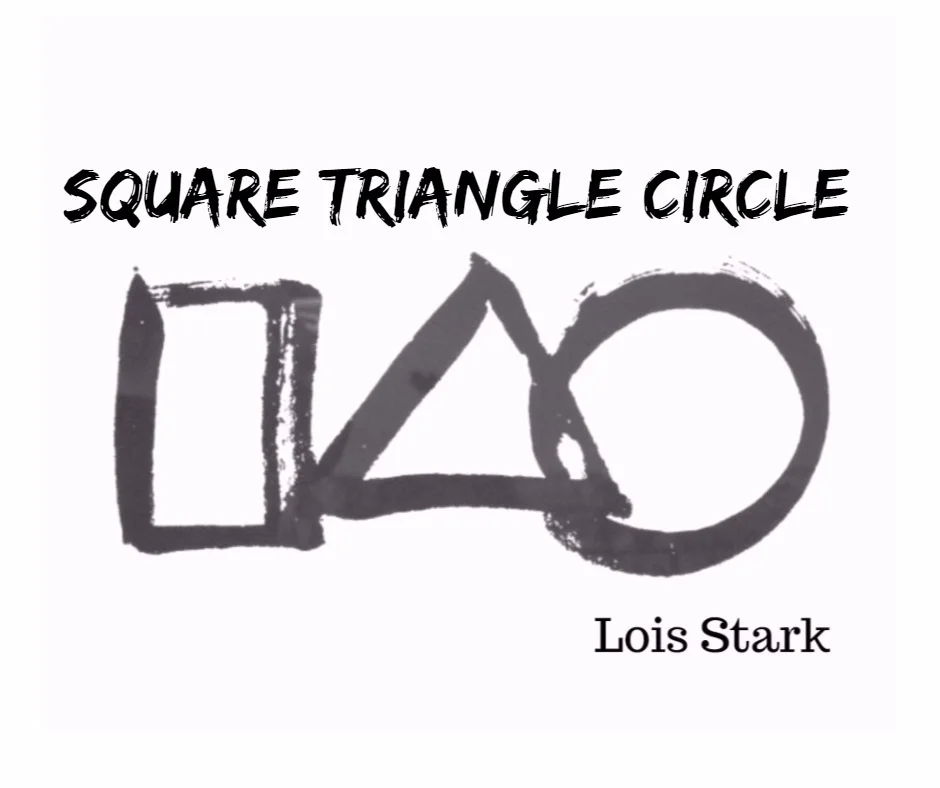You’ve heard about trying to put square pegs into round holes. The message is they don’t fit. It’s one of the first games young children are taught—how to distinguish a circle from a square from a triangle. Once we learn this way of seeing, we tend to categorize. We determine the shape of things and figure out what fits where. As useful as this lesson is, it sticks so deeply that we forget there’s more than one way to see things, more than one approach to a problem, more than one way to write an equation.
In today’s world, visual information outranks text. Animations can show us dimensional fields. With 3-D printing machines, children can easily imagine multiple dimensions. So let’s teach them how what seems impossible is possible with a new way of thinking, and that there can be multiple correct answers to a question.
The given problem is to shape a single cylinder so that it can fit through a circle, a square and a triangle, while touching all of the opening. The answer is shown in this video.
These three primal shapes—circle, square, and triangle—are essential symbols in ancient cultures. Zoroaster spoke of them as three symbols of man. The founder of Aikido spoke of the triangle as body, the circle as mind and the square as solidity. The three symbols painted in the Zen monastery at Kennin-ji is referred to as ‘the universe’. Artistically, philosophically, and physically, in the cylinder with the three forms in one entity, there is the idea that these three forms lead to oneness.
Sengai Gibon (1750-1838)
Once you enlarge your imagination, what seemed fixed opposites or impossibilities switch to multiple options.

